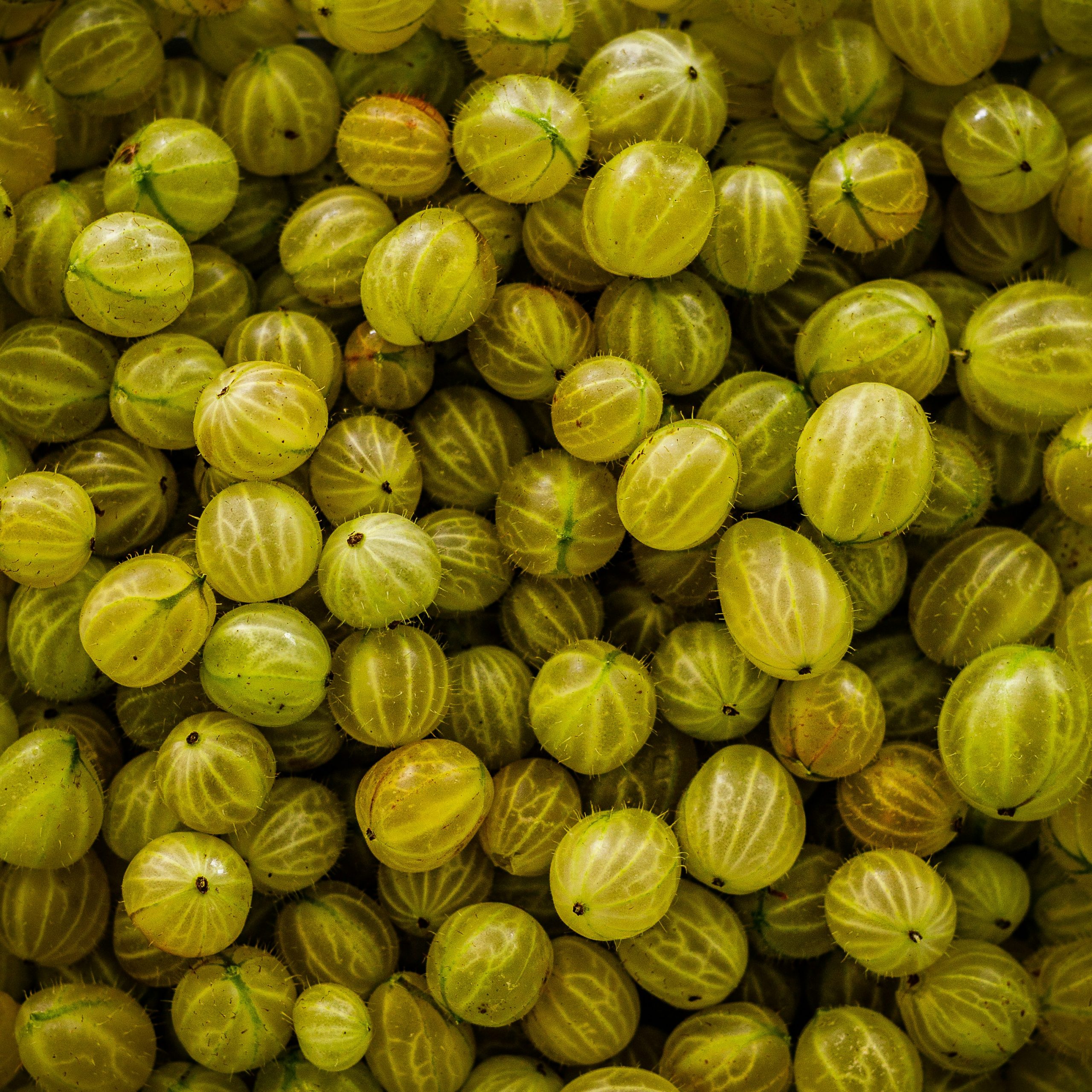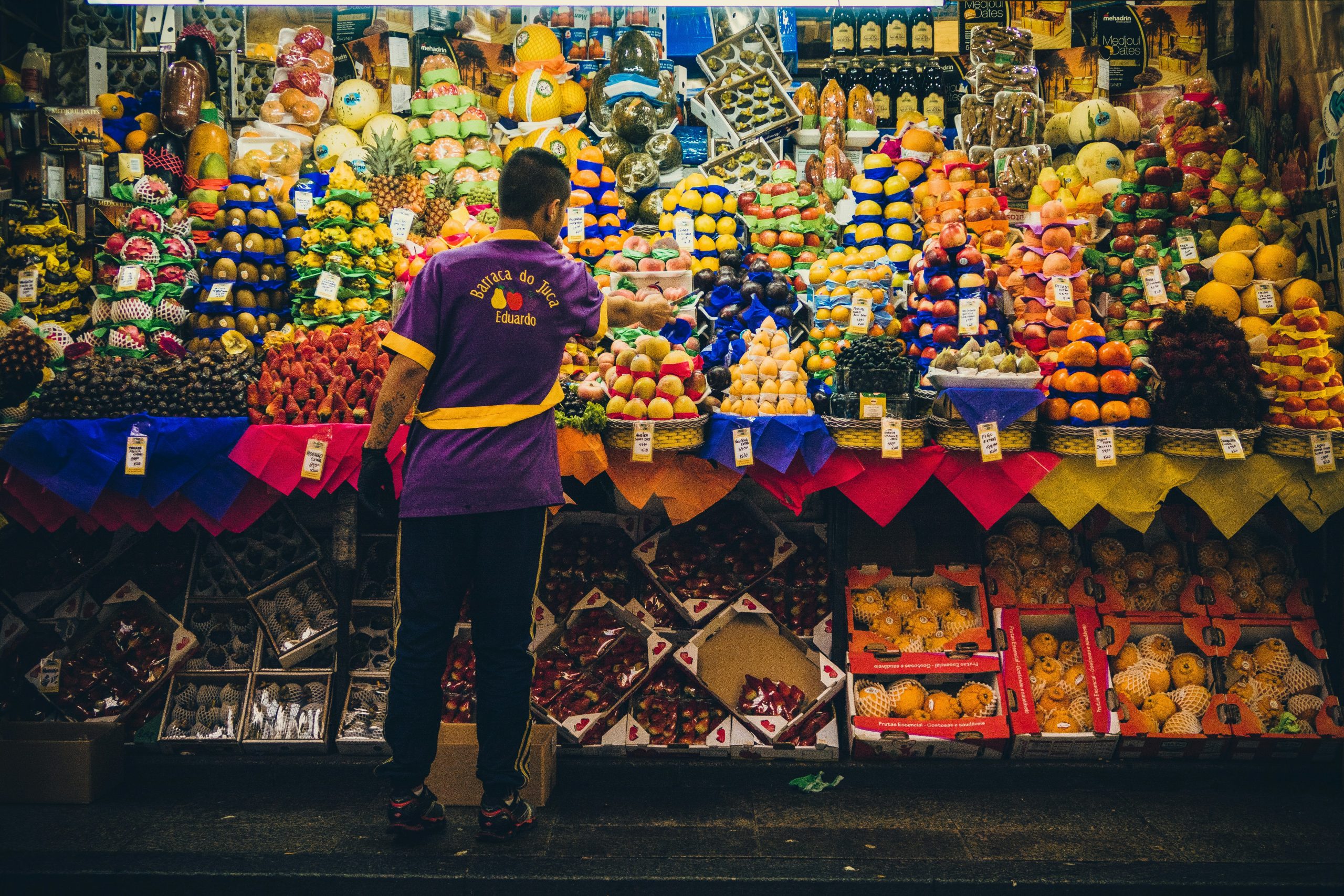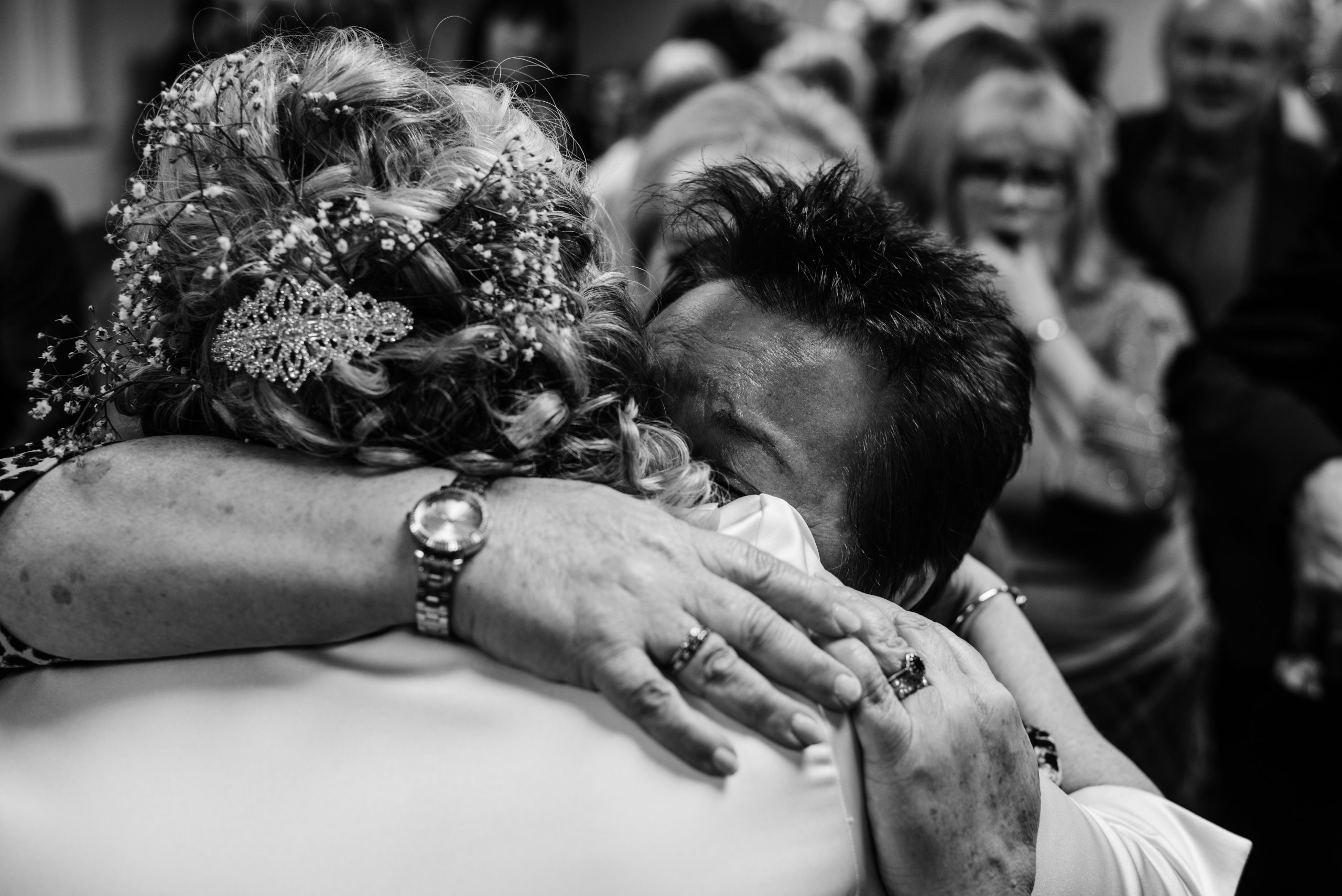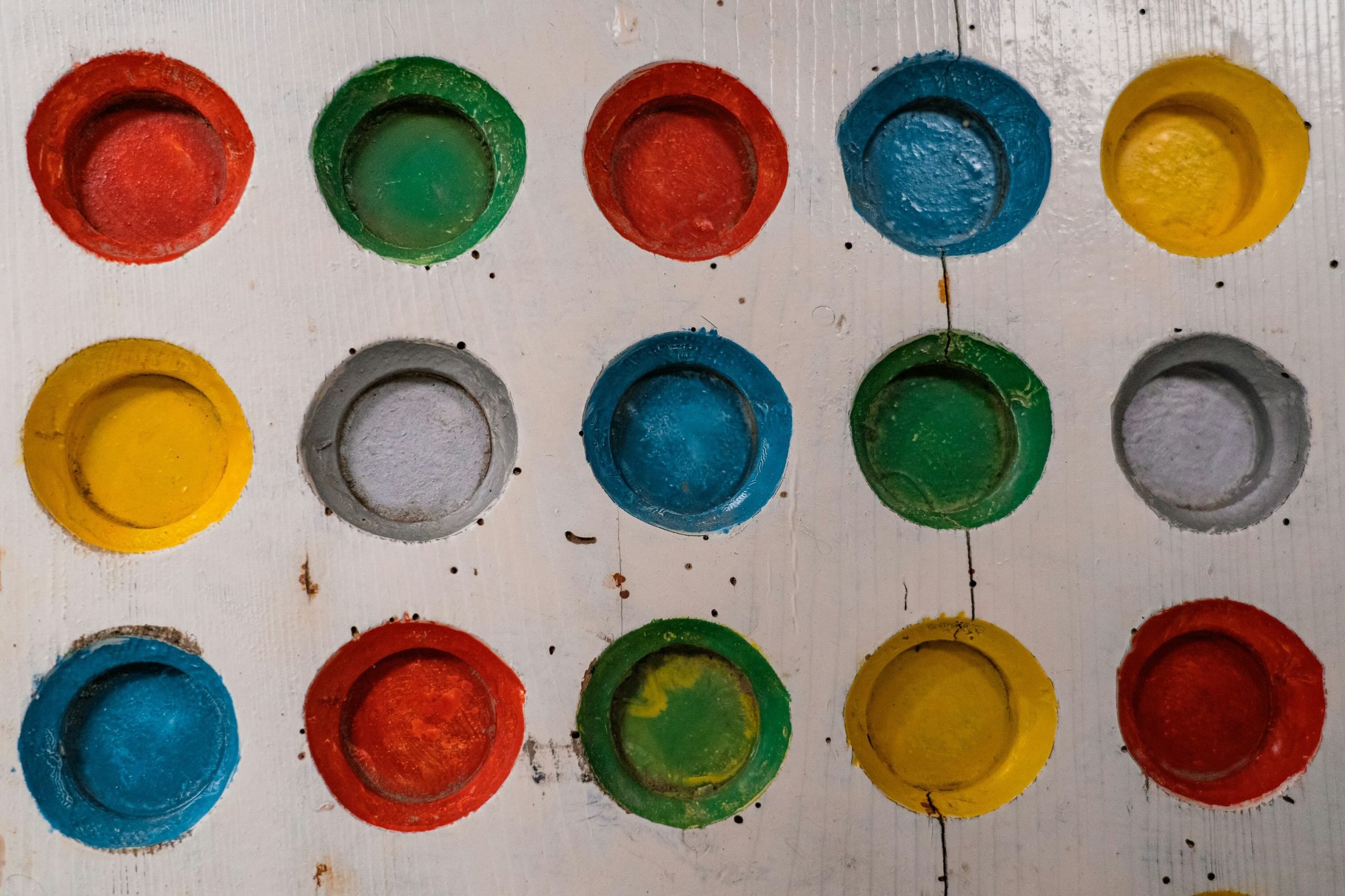A Different Path
Did any grower ever say, ‘I’m looking for a really cold, wet site – Yorkshire, maybe, or Derbyshire – so I can plant Ortega and Huxelrebe and Rondo’? Equally, how many consumers outside Sicily ever said, ‘What I’m really looking for is a good Chardonnay from Sicily’? The answer to those questions, I would guess, […]

Did any grower ever say, ‘I’m looking for a really cold, wet site – Yorkshire, maybe, or Derbyshire – so I can plant Ortega and Huxelrebe and Rondo’?
Equally, how many consumers outside Sicily ever said, ‘What I’m really looking for is a good Chardonnay from Sicily’?
The answer to those questions, I would guess, is No, and Not many. Yet I have tasted both recently. Both were okay and the Chardonnay was good enough, but both made me ask Why? Just why?
The answer might be found in a song from Count Basie: ‘I may be wrong, but I won’t be wrong always.’
In an ideal world only the right varieties would be grown in the right places. Until recently, of course, Chardonnay was considered the right grape to grow everywhere, and I remember know-all journalists 30 years ago telling producers so. I don’t imagine that they listened to us. Now we tell them to grow local varieties, and they don’t listen now either. The answer to the question of why that particular producer decided to grow Chardonnay instead of wonderful Carricante was, ‘I love French grapes’. And if you love and admire something you tend to want to emulate it. The result of this particular emulation was neither very Burgundian nor particularly Italian; decent enough, but not remarkable.
In an ideal world, too, journalists would be able to label every producer a ‘pioneer’.
Go to northern England, or any of the cooler, damper parts of this island (no, not John O’Groats), and you will find non-classic vines grown, for the obvious reason that classic varieties wouldn’t stand a cat’s chance in hell of ripening. So if you’re there, and you want to grow wine – and there is as yet no law saying you shouldn’t grow wine where you happen to live – you have to grow the sort of things that will grow.
So I will defend the right of anybody to grow anything where they want. But I also reserve the right not to admire the result.
Ninety per cent of start-up companies in the UK fail. This tangent is not really a tangent; more a parallel. If you want to be one of the 10% that forge ahead and make somebody’s fortune, you have to risk being one of the 90% that don’t. Who would have bet on a chilly region way north of Burgundy making classic versions of the same grapes? Yet it worked for Champagne – once it invented a new wine.
But this is the fascinating thing: that new wines can be invented, and sometimes they’re not very good and occasionally they’re really not very good. And occasionally they’re brilliant.
Orange Bacchus, for example. Bacchus is, in my opinion, horrible. It makes the shrillest New Zealand Sauvignon Blanc seem understated. Yet ferment it on its skins and suddenly it stops shouting – or maybe it just has something to say. I don’t want to drink orange Bacchus every day, but it does have a point. Ferment Chardonnay on its skins, however, and the result is another big Why? (Or it is in all those I’ve tasted. You might know differently.)
There’s a sporting chance that what’s right when you plant a vine is wrong by the time the vine is mature. Are the Sangiovese clones planted under the Chianti 2000 programme still the best for a changing climate? The World Bank-funded plantings in the Douro in the 1980s seemed like tremendous progress at the time. They represented mechanisation and the separation of different grape varieties in the vineyard followed by blending in the tasting room – which was a no-brainer at the time – and now that they’re coming up to 40 years old those who can afford to are beginning to replant those vineyards. With, in David Guimaraens of The Fladgate Partnership’s case, a wider mix of varieties, planted plot by plot in the spot that suits them best, and then picked all together and co-fermented. ‘Those 1980s vineyards taught me a lot,’ he says, and adds, ‘if you go for safe, you pull the bottom up and the top down. We need to take risks.’
Peter Hall at Breaky Bottom makes wonderful wines from Seyval Blanc. On the US east coast hybrids are more and more fashionable. Natural wines are a subject in themselves, opening our minds to new flavours and textures, and sometimes (less now, it’s true) offering flavours which had been considered faults, and by doing so sometimes demonstrating that they really are faults.
The answer to ‘Why would you do that?’ should perhaps be viewed in the context of the length of a winemaking life. You might get 40 vintages, more if you’re lucky, in which you call the shots. The results of those vintages won’t be clear for maybe ten years, and for all your career you’ll be both looking back to learn from what you did at the beginning and forward to what you hope to do next year. There’s no time to waste: if you want to do something, you need to do it now. The perfect is the enemy of the good: every project becomes a balance between doing enough research and never acting because there is always more research to be done.
So growing the wrong thing in the right place, or the wrong thing in the wrong place might turn out right – or not. The English growers of the earlier 20th century who bet the farm on still wines were in the right place at the wrong time. And sometimes not in the right place either.
Médoc Alavés is an example of right idea, wrong time. It was an attempt, in the 1860s, to transform the wines of Rioja by imitating Bordeaux techniques: picking on a particular date, destemming rather than using carbonic maceration, ageing in barrel. It failed totally. But later…
Photo by Zbynek Pospisil on i-stock










